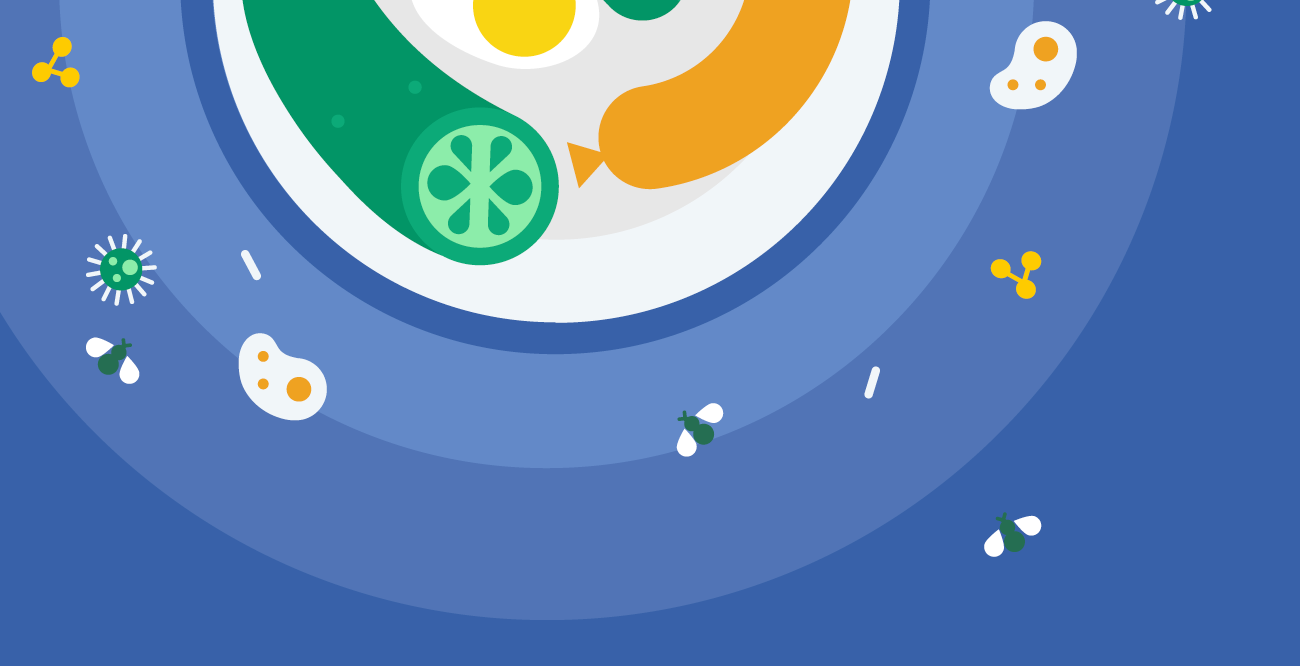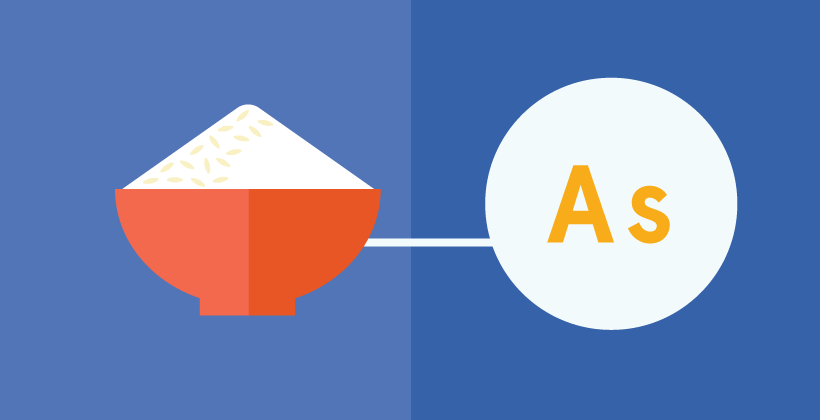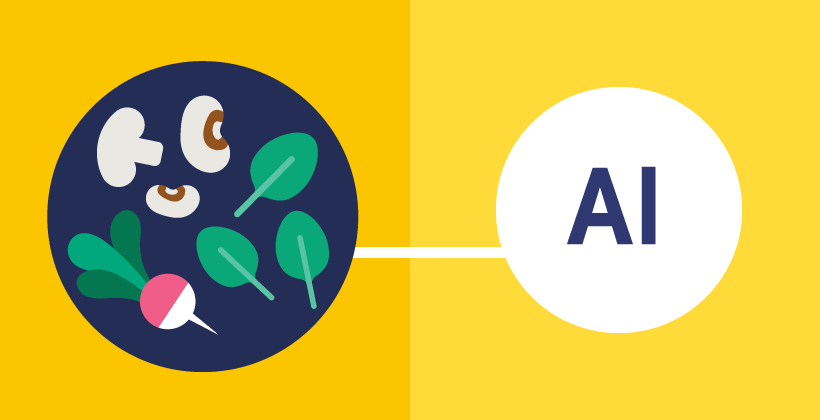Naturally occurring endocrine active substances (Q&A)
Last Updated : 08 December 2014What is the endocrine system?
The endocrine system is made of a series of glands that produce different types of hormones in the body. Hormones are chemical messengers that are essential for the body to carry out functions such as growth and development, tissue function, reproduction and sleep. It is a complex, tightly regulated system which is dependent on a variety of physiological factors. Imbalances and malfunctions of the endocrine system can result in diseases, such as diabetes and obesity, infertility and certain types of cancer.
What is the difference between an endocrine active substance and an endocrine disruptor?
A definition of endocrine disruptors for regulatory purposes has not yet been established. The Scientific Committee of the European Food Safety Authority (EFSA) defines an endocrine active substance as a substance that can interact or interfere with normal hormonal activity; when this leads to an adverse effect in an intact organism it is called an endocrine disruptor. Whether the effect is adverse or not will depend on the potency of the substance, the dose and an individual’s physiological condition. The work carried out by EFSA is based on the definition for endocrine disruptors used by the World Health Organisation (WHO). The WHO definition states that a substance must meet three criteria to be considered an endocrine disruptor. These include i) causing an adverse effect in an intact organism or a (sub) population ii) causing endocrine activity and iii) there should be a plausible causal relationship between the two.
What are naturally occurring endocrine active substances?
Endocrine active substances can be natural or man-made. Natural chemicals (e.g. some chemicals in plants) can behave similarly to human hormones, or influence the hormone levels in the body.
Examples of naturally occurring endocrine active substances which can influence the endocrine system include:
Phytoestrogens
Phytoestrogens are plant-derived estrogenic substances, which imitate the group of hormones known as oestrogens, by binding to oestrogen receptors present in the body. The main phytoestrogens are isoflavones, lignans and coumestans. Isoflavones are found in soy, clover and legumes. Lignans are present in nuts, linseed and other oilseeds and legumes. Coumestrol, the main coumestan, can be found in lucerne, soy, clover and legumes. Although evidence suggests that phytoestrogens may have protective effects against various cancers, cardiovascular diseases and osteoporosis, they may also promote cancer in predisposed persons.
Mycoestrogens
Mycoestrogens, for example zearalenon, are produced by fungi such as Fusarium species and may be present in food as contaminant. This fungal species grows either during pre- or post-harvest on cereal crops (e.g. maize, barley and wheat). Evidence suggests that mycoestrogens have protective effects against breast cancer but may also promote cancer in predisposed persons.
Glycirrhizin
Glycirrhizin can be found in liquorice root, the main component of liquorice. The compound affects adrenocortical hormone regulation of minerals and fluids in blood and various organs, which could lead to irregularities in blood pressure.
Goitrogens
Natural goitrogenic compounds can be found in certain raw plants e.g. cassava, cabbage and bamboo shoot. These compounds can interfere with thyroid hormone synthesis.
For more information on endocrine active substances please see:
EFSA Understanding Science video: The endocrine system and food safety
References:
- Aksglaede L, Juul A, Leffers H, Skakkebæk NE and Andersson A (2006). The sensitivity of the child to sex steroids: possible impact of exogenous estrogens. Human Reproduction Update 12 (4): 341-349. Safety evaluation of certain food additives and contaminants. WHO Food Additives Series, No. 44, 2000.
- World Health Organization. (2000) Summary report of the 53rd meeting of the Joint FAO/WHO Expert Committee on Food Additives (JECFA). WHO Technical Report Series, No. 896.
- Thompson LU, Boucher BA, Liu Z, Cotterchio M and Kreiger M (2006). Phytoestrogen content of foods consumed in Canada, including isoflavones, lignans, and coumestan. Nutrition and Cancer 54(2):184-201.
- Centre for Food Safety of the Food and Environmental Hygiene Department of the Government of the Hong Kong Special Administrative Region. (2012) Endocrine Disrupting Chemicals in Food. Risk Assessment Studies No. 48.
- European Food Safety Authority. FAQs on EFSA's work on Endocrine Active Substances.
- The Federal Institute for Risk Assessment (2010) Frequently Asked Questions on endocrine disruptors


